Recent Advances in Soft Matter: Biomineralization A Review
Hey Steemians,
Today, I am here with something very interesting and promising for the medical research and human being. For many years, you have been hearing about the bioactive molecules and soft-biomaterials. In some of my previous posts also I have mentioned about these soft-biomaterials as I am also working on these bioactive peptide based materials. First of all what is bioactive peptide biomaterial? The answer lies in the name only, it’s a short peptide (chain of amino acid) which have some bioactive functionality. These bioactive peptide can be designed in such a way that it can function as almost everything and can give rise to anything. What I will be sharing today is the bio-mineralization and the role of proteins and peptide in the advancement of it.
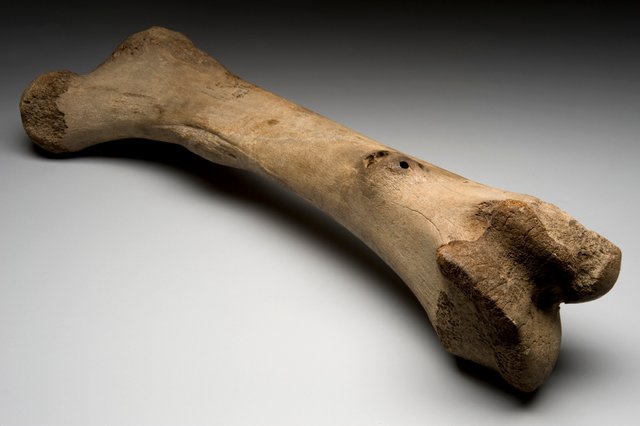
In one of the article by @rickie where he discussed about the injectable bandages which has a function of blood clotting and those injectable materials are basically hydrogels. Due to their visco-elastic properties hydrogels can be either applied onto the surface and also can be injected as they possess the thixotropic properties. The article made me to write more about these hydrogels, what they are capable of and what impact do they have for the current and future medication. These biomolecules can act as scaffold for the cell growth and subsequently leads to tissue regeneration.
Many of us have experienced bone fracture or have seen someone suffering from it. In many of the accidents, people have multiple fractures and bone tissue regeneration or say bone healing is something which takes lot of time. To overcome these challenges researchers are making such system which will help the patient heal faster and eventually helps the humanity. There are some of the important proteins, which regulate the whole mineralization process and help in the formation of such bone tissues.
Biomineralization
It’s a series of process where minerals were being produced by the living tissue, mostly to increase the stiffness of tissue. All six kingdom known to produce over 60 such minerals silica, calcium phosphate, carbonates are among them. Some other important metals such as iron, gold and copper are also being mineralized but this involves mainly bacteria eg. Magnetotactic bacteria, gold producing bacteria, Siderophores producing bacteria etc. (1). Biominerals have a variety of biological roles whether it may be for providing the strength to tissues or bones or it may be for defense or functioning as a food supplements (2). Well, having so much of support for the biology world still the functions of these biominerals in microbes are still not known.So, what role does this Biomineralization have with respect to human health?
As we are discussing about the bone biomineralization, the biomineral involved here is calcium phosphate. There are several proteins which are involved in the biomineralization process in body, which may induce or inhibit the whole process (3). Osteocalcin, Osteonectin and Osteopectin are some of these proteins which are known to be involved in the process of biomineralization. The biominerals produced are used to form layer by layer deposition with the structural proteins to give the structural support to the whole body (4). From years, researcher are trying to understand the whole process and trying to mimic the whole structural aspect of it. The structure produced by these biominerals should be in such a controlled way that they forms only in nanoscopic range (5).Hydroxyapatite (HA) is among the naturally produced bio-minerals, it’s a hydroxyl endgroup member of the apatite family. Hydroxyapatite is the main inorganic component of the hard tissues and collagen is also involved in some of the cases. These are generally in a range of nanometers and which further self-assemble at the time of bone or enamel formation (6).
So, to mimic these proteins and to utilize them for the bio-mineralization process is quite helpful and people have worked on it. There are several reports where the whole protein has been used in the natural form or the synthesized one.
The formation of calcium phosphate with specific size, shape and assembly methods has been regulated by two proteins, structurally insoluble proteins and functionally soluble proteins (7).
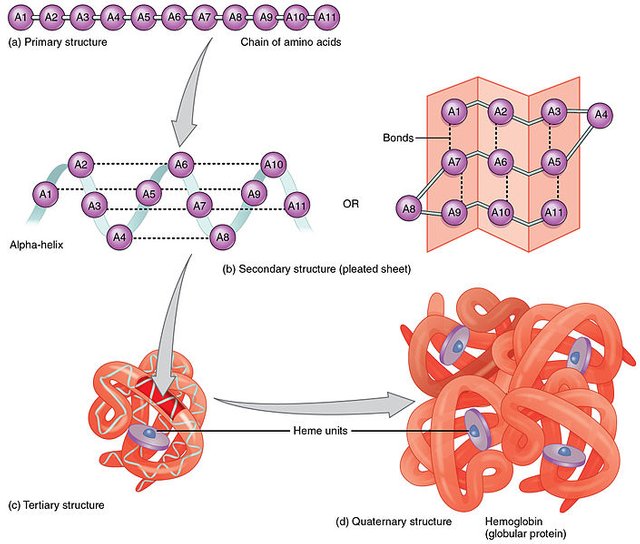
To make it a more reliable and efficient system, researchers have tried to make the whole process within the hydrogel system. The peptide hydrogels are generally containing a short stretch of amino acid chain (peptide) and are self-assembled in a specific environment or they can be called as stimuli responsive.
Benefits of Hydrogel over other (Using Peptide Amphiphiles)
In spite of using the whole protein for the process of biomineralization, sequence derived structure mimicking hydrogels are used. Because, as the main motive is to make the nano sized biomaterials that can self-assemble and working with big protein can be tedious and they certainly need some environment also to stabilize themselves. Using a sequence derived self-assembling peptide has several advantages over it. The small molecule can build up to the big structure through self-assembly, the secondary structure (β-sheet) which was needed to carry on the biomineralization process can be attained easily by these small peptides.Motivation for writing a Project
As a part of PhD program, there is a criteria we need to fulfill and present several ideas on the relevant topics on which the student is working on. So, what would be better than this? To present it here and have suggestions on it and I’ll be sharing some more in the coming days and will be waiting for the reply from al the readers, if they want to.
Peptide sequence containing both the hydrophobic and hydrophilic portion gives it the property of amphiphilic nature. The designing of these peptide are responsible for proving the certain functionality to these molecules. As there are several proteins involved in the process of bone formation and providing the strength to the bone, they can serve to be the potential candidate for mimicking the peptide sequence. So, if it could be possible to make a sequence which can mimic the protein structure and also helps in the biomineralization could be really interesting. There are several aromatic amino acids which are very frequently used for such study and can self-assemble among themselves to give a secondary structure. Hydrophobic interaction and π- π interaction are the main force which act to stabilize these structures, the benzyl ring in the aromatic amino acid stack on each other to give a fibril like structure which further produces beta sheets. Proteins can form two type of secondary structure alpha helix and beta sheets, but working with these short peptide will only give you the beta sheets as the minimum amino acid required for the formation of alpha helix is about 14-16 amino acids. A dipeptide, tri or even pentapeptide can only give rise to the beta sheet structure. The similar procedure which follows the microtubule formation by the alpha nad beta tubulins.
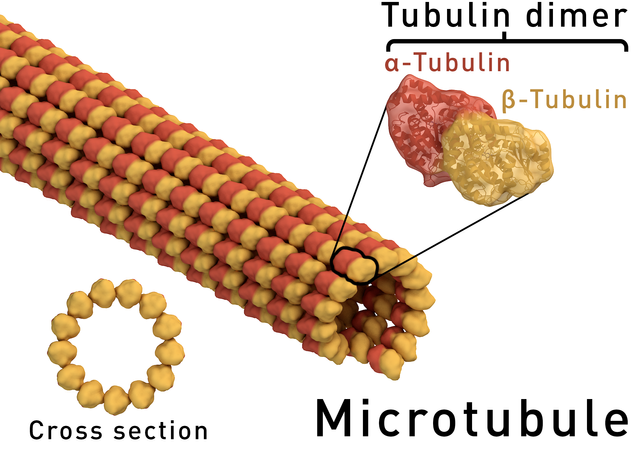
Most importantly, these biomolecular hydrogels can also serve as a delivery vehicle for the application in topical as well as internal medication. The hydrogel provide the biominerals to stay in the stable form and the tunability property of these hydrogel will provide them the ability to be an efficient delivery vehicle and can be injected to the site of action. With such advancement, the hydrogel can also be tuned in a way to have some antimicrobial activity. Either the sequence designing will help or the use of some nanoparticle can help. In my opinion use of any of them is having the same advancement, as the antimicrobial peptide will be having the inherent property for antimicrobial and the nanoparticle can be made to have that activity. But, there could be problem in loading nanoparticle and stabilize it throughout the process of biomineralization while peptide having the inherent property won’t be facing such problem.
Conclusion
Several Bio-inspired methodologies have successfully produced calcium phosphate materials. Bone related proteins and the sequence driven short peptides both have shown the remarkable effect on its synthesis and assembly of nanomaterial. The whole process of nucleation, crystallization and growth assembly is still in the optimization process and in my lab also we are just trying to optimize the whole process of deposition. The basic idea of this is the β-sheet will arrange in a manner so as to have an adjacent layer of calcium in it and start the mineralization process which further grow into the scaffold and can be used in the tissue regeneration process (Bone and cartilage) as they are in a hydrogel system.
References
Boskey et. al., 1998 Biomineralization: conflicts, challenges, and opportunities. 30(31),83-91.
Alvisatos, 2000 Biomineralization. Naturally aligned nanocrystals. 289(5480),736-737.
Hope you enjoyed reading it, Please upvote and follow my page for further reads on such topics. Feel free to comment.
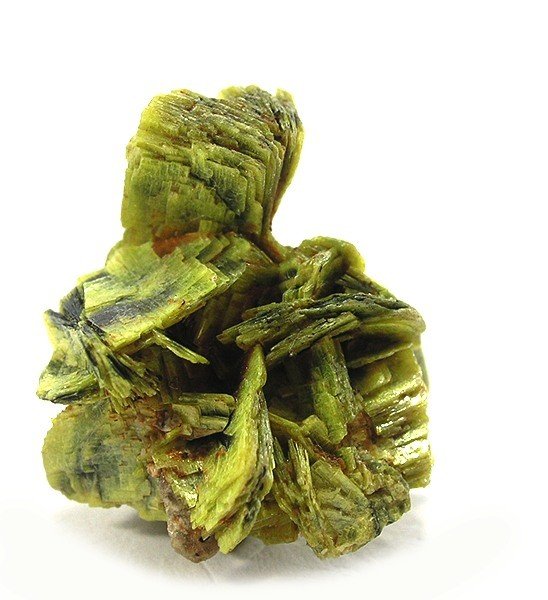
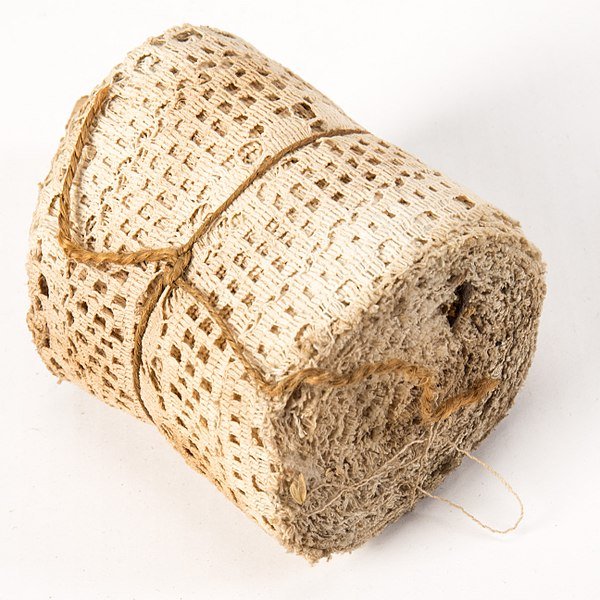
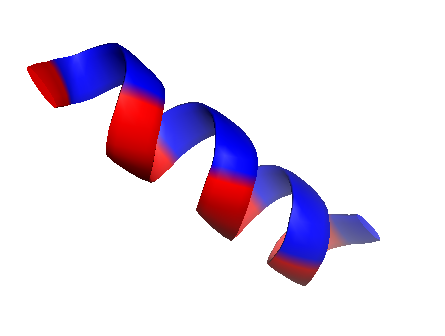

Yes, last time biomineralization gets a big interest by scientists. I've already read a lot about it. Your post is very interesting and full. Thanks for sharing!
Thanks for the comment @biologist
Great share @vinamra. This discovery has been long awaited. It would definitely boost the health sector; as we will have patients spend less and less time on hospital beds due to accidents that cause broken bones, fractures or displacements. Thanks for sharing
Yeah it certainly has a huge scope in health sector.